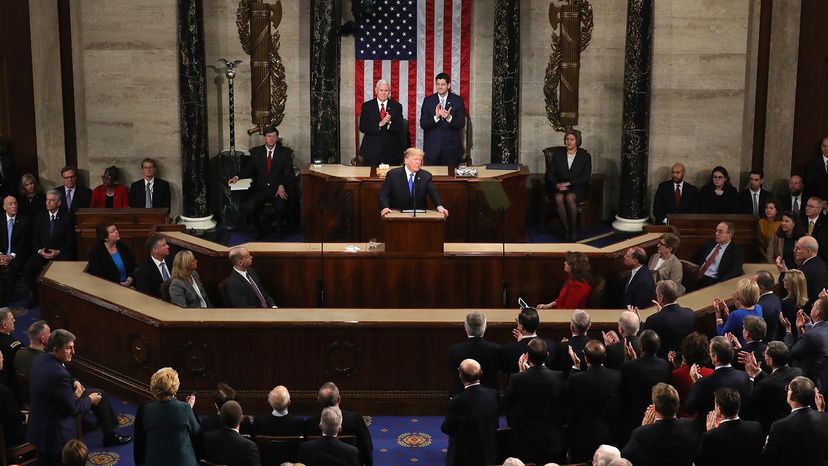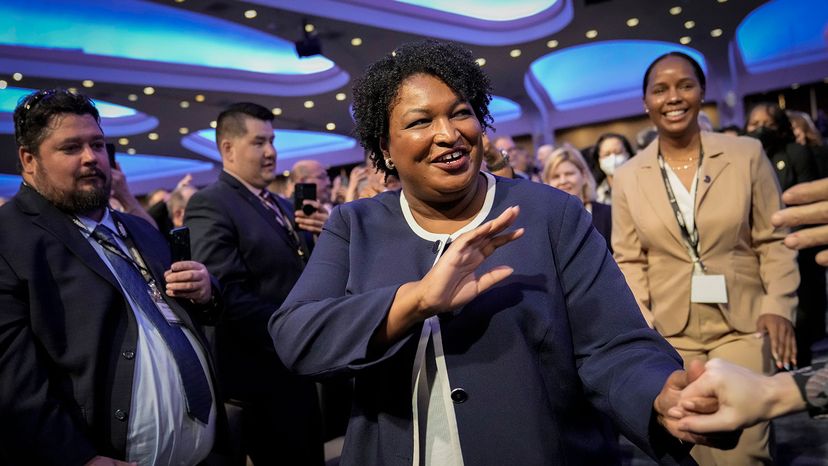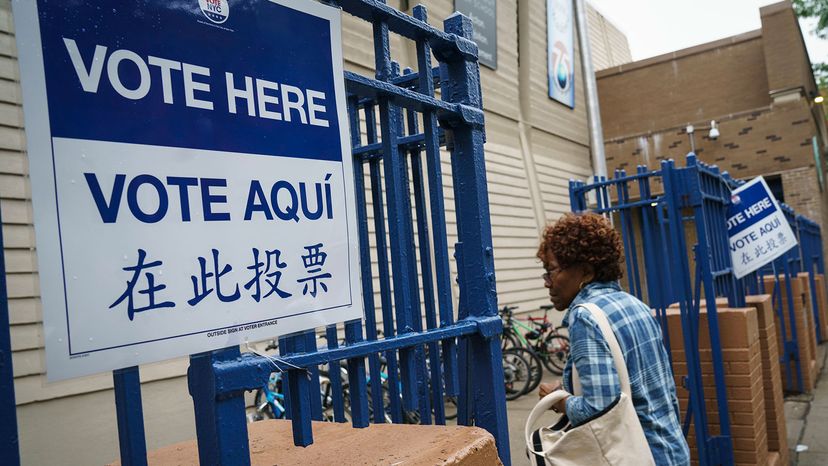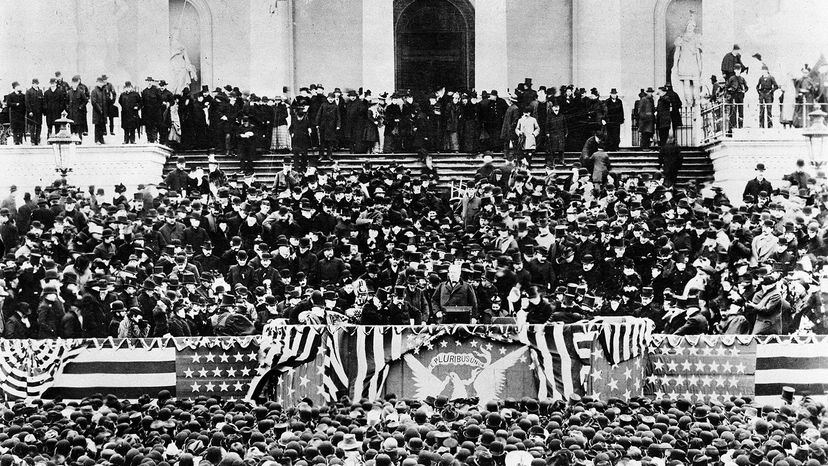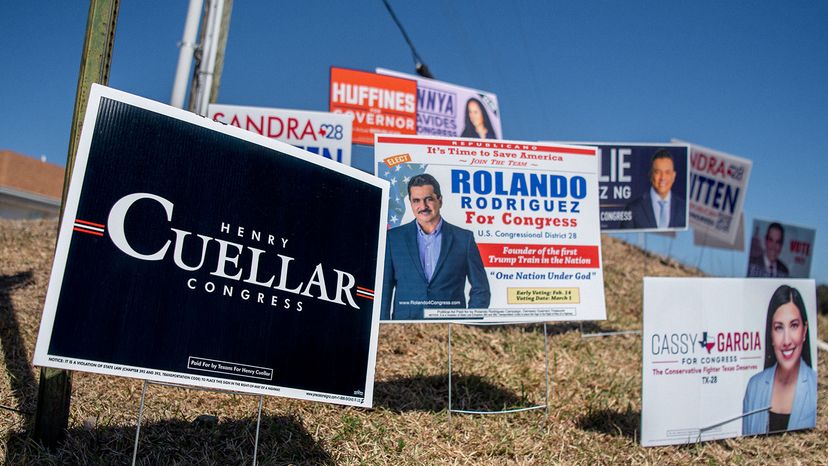
Midterm elections are held in even-numbered years between presidential elections. They're called midterms because they coincide with the halfway point of a president's four-year term. For this reason, many political observers look to the midterms as a referendum on a sitting president's performance and a bellwether for which party will take control of the White House.
But midterm elections are about much more than simply testing the political winds for the next presidential election. They are a chance for Americans to go to the polls and vote for their representatives in Congress, state legislatures and local governments. While the presidential election isn't decided by popular vote (remember the electoral college?), midterm elections give Americans a chance to vote directly for the politicians who will likely have the greatest impact on their daily lives.
Advertisement
For example, every single seat in the U.S. House of Representatives is up for grabs during midterm elections. That's 435 separate races spread across all 50 states [source: USA.gov]. When you add the 34 Senate seats at play during midterms to the 435 House seats, you begin to understand the political significance of a strong showing on Election Day. The party that controls Congress has as much, if not more, political power than the party sitting in the White House.
Congress not only writes the laws and passes the spending bills, it also decides whether or not to approve the president's Supreme Court nominees and other major political appointees. And on the rare occasion when a president is caught committing a crime, it's Congress that votes whether to impeach. Those are even more reasons why midterm elections are a big deal.
Despite the obvious political importance of midterms, shockingly few Americans actually vote in them. The average turnout of eligible midterm voters from 1972-2016 was a miserable 39.3 percent [source: Skelley and Kondik]. That means, on average, 60 percent of American voters stay home on midterm Election Day. The 2018 midterms were an outlier, with 53 percent of voting-age Americans going to the polls [source: U.S. Census Bureau]. The high turnout was likely due to the polarizing nature of then-President Donald Trump who energized Democratic voters to go to the polls.
Keep reading to learn how midterms got started, what positions are up for election and why it's the civic duty of every American to cast their ballot in these off-year elections.
Advertisement
